Intangible benefits
Synopsis : Some end of season thoughts on the intangible benefits of beekeeping. What does it provide other than honey and wax?
Introduction
Central and Eastern Scotland were bathed in warm sunshine as I drove to Fife last Sunday. It was near-perfect weather for adding clearers to the hives in preparation for removing the last of the honey supers for extraction. Warm, but not too hot, breezy enough to keep any midges at bay but not so windy the bees would be flustered.
Lifting the supers was hard work, but it was lovely to be in the apiary, the bees were really mellow, there weren’t many wasps and it was a very enjoyable afternoon.
Doubly so because there were more weighty supers than expected and by the second apiary it was clear 2022 was looking like a bumper season.
Of course, I ran out of clearers … 🙁 .
Where do they go?
I checked the TARDIS-like shed but couldn’t find any spares so had to leave the last couple of hives to be cleared ‘manually’ i.e. shaking the bees off every frame.
Not the end of the world and – in good weather – something that doesn’t agitate the bees too much.
However, Monday dawned with leaden skies and almost no wind. Whatever weather was here was going to be staying.
By the time I got to the first apiary it was raining gently … but steadily.
By the time I had suited up, lit the smoker and arranged the Correx roofs to stack the supers in and under, it was still raining steadily … but much harder.
And by the time I’d retrieved and stacked the supers from the first few hives I was soaked.
It continued raining for several hours.
Have you noticed how heavy a beesuit gets when it’s all soggy?
And how slowly a sodden beesuit dries?
Real and intangible benefits
It was a really tough day.
I finished in the last apiary at about 4 pm, changed into the only dry things I had and set off on the five hour return journey back home.
As I was eating up the miles (and my belated lunch) on the A9 I got to think about why I keep bees.
It can’t just be because I like honey. There are excellent local honey’s sold in fancy organic cafe’s or up-market farm shops, or kilograms of mass-produced sweet stuff (labelled as honey) available from any supermarket you choose {{1}}.
I estimate it costs well over £500 to start beekeeping. And by the time you’ve bought a few more hives, an extractor, a creamer, and a bottling machine you might have spent 40-times that amount.
You can buy a lot of lovely ‘artisan’ honey for £20,000.
So there has to be something other than just ‘liking honey’.
There’s the pleasure of producing something high quality and desirable. It gives me a real sense of achievement. There are very few beekeepers who forget their first ever honey crop.
As a biologist, I find bees fascinating. And, as a virologist studying honey bee pathogens, I’m able to mix business and pleasure.
But I was beekeeping long before I started studying their diseases. The honey and the ‘beekeeping at work’ are tangible benefits.
As the miles piled up behind me I began to think instead of the intangible benefits of beekeeping.
What else have I gained from this engrossing pastime?
Other than the honey and smelling a bit foisty?
Does my bum look big in this?
As a callow youth I was probably less fashion-conscious than many of my contemporaries. I didn’t have the platform shoes, flares or a double-breasted frock coat {{2}}. However, I was still acutely aware when I didn’t fit in, when I looked incongruous or when I was wearing something I thought others would ridicule.
Of course, being (a bit) older and (a little bit) wiser I realise now that it doesn’t really matter what others think. What’s more, other than the callow (or the shallow), most other people rarely notice, and certainly don’t care, what I wear.
Which, when you think about the amount of time I spend in a beesuit, is probably fortunate.
Saggy and baggy
It’s doubly-fortunate when you consider how profoundly unflattering a beesuit is. Shapeless and voluminous. They aren’t form-fitting {{3}} for obvious reasons … a sting might penetrate the cotton weave when stretched over the underlying soft tissue, but does no harm if there’s a billowing excess of material in the way.
I’ve just had my ‘best’ beesuit repaired. I bought it secondhand and it’s had well over a decade’s hard use. The veil had bee-sized holes in it, two of the pockets were torn, one zip pull was broken and all the cuff and ankle elastics were perished. For about £70 {{4}} it’s now as good as new.
’As good as new’ but still profoundly unflattering 😉 .
But I simply don’t care.
I wear it when driving between apiaries, when I nip into a shop for a takeaway coffee or when I fill the car with petrol.
Unfortunately, on Monday my beesuit was soaked, so I drove home in my pyjamas. Yes, there were some odd looks at the filling station, but I’m a beekeeper … looking odd goes with the territory and I’ve learned not to care.
The physique of a Greek God
As I segue effortlessly from callow youth to early middle age I’m aware that I’m a little bit less like Charles Atlas and a little bit more like Charles Hawtrey.
Beekeeping is hard physical work.
I removed about 30 supers on Monday. If you assume that the average weight of a super is about 18 kg {{5}} the lifting, sorting, stacking and packing the car probably involved shifting a cumulative two metric tonnes of boxes.
That’s a lot of lifting.
Many of the individual frames still contained a few stragglers which had to be shaken off. I simply hold one lug and bash the top bar sharply with the other hand. This requires a reasonable amount of finger strength … and leaves the heel of my hand rather bruised and battered after a long day of clearing supers.
As an aside, it’s always worth waiting for most of the honey to be capped (see the post last week), as frames of capped honey retain far fewer stragglers than frames of uncapped stores. As previously noted, a queenless hive’s supers hadn’t cleared overnight.
Beekeeper’s back is a very real problem and one that is well worth avoiding. I tripped carrying three full supers a couple of seasons ago and was in considerable pain for many weeks.
Good lifting technique, coupled with reasonable upper body strength from regular lifting, helps a lot.
So does not leaving stuff lying around the apiary to trip over 🙁 .
Naturally, my beesuit is so ill-fitting and shapeless that you can’t tell that I have the physique of a Greek God, but I can assure you that this is another of those intangible benefits of being an apiarist.
MAMIL {{6}}
On a more serious note, the physical nature of beekeeping – in moderation and with appropriate technique – must be good for you. I’d much prefer to maintain or improve my back, arm and hand strength with weekly colony inspections than by going to the gym.
Not least because the Lycra outfits I’d have to wear to “fit in” at the gym would make my ‘Charles Hawtrey not Charles Atlas’ physique all too apparent 😉 .
Though, being a beekeeper, I probably wouldn’t care – see above.
‘Mainly dry’ {{7}}
As a beekeeper living in Scotland I’ve become a little bit obsessive about climate and weather.
The climate has a fundamental impact on beekeeping. It influences the availability of natural forage and the time when it yields nectar. It determines when the season starts, how fast the colonies expand and when – like now – it’s effectively ’all over bar the shouting’.
The day-to-day weather influences when and if my queens get mated, how hot it will get in the bee shed and how wet I’ll get removing supers full of the ‘summer’ honey 🙁 .
Climate varies with latitude and longitude.
Weather can be a lot more localised.
By searching Weather Underground and similar sites for data uploaded from hobbyist weather stations {{8}} it’s usually possible to find a very local weather report.
I’m interested in conditions needed for queen mating in the sometimes iffy Scottish summers. By checking the weather records once queens start laying it’s very clear that the – usually quoted – ’sunny, over 20°C and light winds’ is a load of nonsense.
I currently live so remotely that I installed my own weather station to get a record of the actual local conditions. This close to the Atlantic they can vary wildly in just a few hours – we had heavy rain this morning {{9}}, but lovely ‘softy Southern queen mating’ weather all afternoon 😉 .
Getting out and about
Some of these peripheral interests will have tangible benefits for my beekeeping. However, and of more relevance to this post, I’m consequently a lot more in tune with what the weather is likely to do over the next 12-24 hours.
The BBC might claim it’s going to be ‘wet with strong westerlies all day’ in north west Scotland (a region that stretches at least 200 miles from Durness to Oban), but I now know it will probably blow through by late morning and be fine in the afternoon.
I could open some hives, but I might instead go walking or cycling.
Inevitably, living somewhere that gets 1-2 metres of rain a year, we see a lot of clouds. My more-than-passing interest in the weather has expanded into an appreciation of clouds and cloud formations. As I drove west along Glen Tarbert at the beginning of the month, in a car laden down with squeaking poly supers {{10}}, the clouds merged and folded into one another above me.
At least, that’s what it looked like.
Beekeeping, other than in a bee shed I suppose, is of necessity an outdoor activity. By trying to understand how the climate and weather helps or hinders my bees I’ve learnt how to take advantage of unexpected – or at least not forecasted – good weather for other interests.
Of course, I don’t always get it right … I spent an hour in a remote bus shelter during a violent thunderstorm last week. It would have been spectacular had I not been so concerned that the bus shelter was largely made of metal …
Phenology
I’ve discussed phenology – ‘the timing of periodic biological phenomena in relation to climatic conditions’ – recently. This is much more interesting than the weather per se.
There are tangible benefits for beekeeping. If you realise the migrant birds are late to arrive you shouldn’t be surprised if the colonies are less well developed when you conduct the early spring inspections.
But the intangible benefits outweigh these.
Just having an appreciation of how the year builds, the flowering of the plants and trees, the arrival of animals and the onset of the breeding season, is intensely rewarding. I expect the sand martins by late March, but am disappointed if I’ve not seen a swift by the 8th of May. I look forward to their arrival. The siskins will disappear for a couple of months at the end of the year to feed on pine cones in the forests … but they’ll be back in January.
I spent the best part of three decades sitting in cramped offices, reading or writing papers and grant applications. Long weeks and weekends of work often left me isolated from the natural environment.
Although I was always interested in natural history, beekeeping has raised my awareness of the cyclical annual events in the ’rhythm of the seasons’.
That’s enough cod-philosophy … almost time to move on.
Be observant because it will help your beekeeping, but be observant because it will reward you in many other ways as well.
Organisation and patience
When I first started thinking about the topic of intangible benefits I considered including a commentary on how waiting for queens to get mated has instilled a Zen-like patience to the rest of my life.
Likewise, I planned to discuss how the organisation needed to manage the roofs, boxes, boards, frames, food, miticides etc for 30 colonies – many on the other side of the country – had brought order to my shambolic logistical skills.
However, doing either of these would have made this post a work of fiction 🙁 .
I dare say my organisational skills have improved, but I still ran out of clearers last week. I also used a clearer on a suspected queenless colony. Had I thought about this – and been a little more organised – I’d have not bothered with a clearer on that colony as it wasn’t going to clear anyway.
So, my beekeeping-related organisational skills still need honing, and there’s little-to-no evidence of any improvement in the rest of my life.
Although I am a lot better at patiently waiting for queens to mate and start laying, there’s unfortunately been no noticeable improvement (I’m regularly reminded) in anything else.
Everyone is interested in bees {{11}}
If you walk around for long enough wearing a beesuit you’ll get asked about bees and honey.
This can lead to all sorts of interesting or surreal conversations about honey bees vs. bumble bees. There’s a lot of confusion out there. I’ve been asked about waspkeeping, and candle making and lots about tree bumblebees (Bombus hypnorum – very interesting … these arrived in the UK in 2001 and have now spread as far north as southern Scotland).
Of course, few are interested in the arrival and spread of tree bumblebees, but they do want to know why there is a ‘swarm’ of bees around their bird box (these are males waiting for the virgin queens to emerge).
Although some of the conversations might start from an ill-informed position, there is real interest in bees. It’s a good opportunity to emphasise that, although honey bees aren’t threatened with extinction, some bees are.
Plant native wild flowers, stop using pesticides in the garden, don’t believe all the ’beewash’ you read in the supermarket … and don’t ‘sponsor a hive’.
Of course, some of these conversations lead to honey sales 🙂 .
A fifteen minute conversation might only result in the sale of a single jar of honey. The intangible benefits are the conversation, the people I meet and the new things I learn.
Or you might hit the jackpot and sell a complete bucket. That of course is a real financial benefit … and think of all that jarring and labelling you don’t need to do 😉 .
Hay fever
Probably half the conversations I have about bees and honey involve a discussion of the benefits of local honey for hay fever sufferers. Although I try and correct this pseudo-science I don’t do so with sufficient force to impact honey sales.
And a final hint for the uninitiated about selling honey … carry a jar or two of honey in the car. A casual request for one jar might lead to a regular monthly order for a gross.
Just sayin’ 😉 .
Gifts
Not everyone likes honey, but everyone knows someone who likes honey.
I think this is the reason why honey makes such a great gift. If you’re saying thank you for the invitation to dinner, or for looking after the dog, or for that large bag of runner beans, there is nothing to beat a jar or two of honey.
It’s a handmade gift, it’s beautifully presented, it is exceptionally high quality and – other than the jars that came from the same bucket – totally unique.
In these regards it is a much better present than a bottle of wine … though wine and honey is also a winning combination.
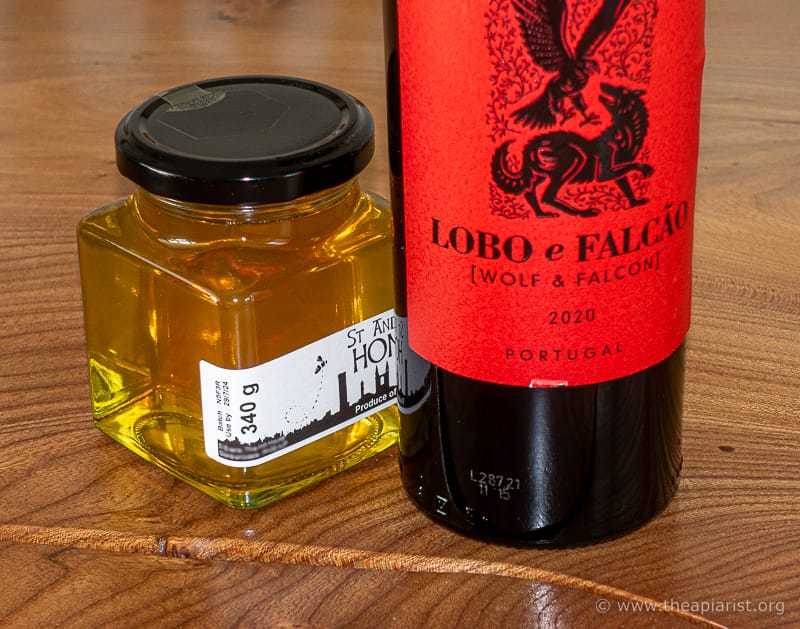
A winning combination
The gift of a jar of honey is more personal, more thoughtful and much more likely lead to a conversation … ”Wow, thank you, is this honey from your own bees?”.
How many times have you been asked whether the bottle of merlot came from your own vineyard? In fact, how many times is the bottle of wine accepted without comment and then immediately put aside?
It doesn’t have to be honey of course – it could be candles (if they’re better than mine) or beeswax wraps or propolis tincture.
It’s the fact that it’s homemade, unique and high quality that counts.
I think this was the first of the intangible benefits I became aware of when I started beekeeping. Managing the colonies, rearing the queens and harvesting the honey is very rewarding … but it’s great that the honey brings pleasure to nearly everyone.
{{1}}: Remember ’Produce of EU and non-EU countries’ means it could be from anywhere and you should avoid it at all costs.
{{2}}: Note added in proof: Sloppy research … that’s the 1870’s not the 1970’s.
{{3}}: Or, if they are, you should try a larger size (or eat less honey).
{{4}}: A price that horrified me until I realised a new one was over three times that amount.
{{5}}: The full wood ones weigh about 21 kg, poly a bit less and not all were full.
{{6}}: Middle aged man in Lycra.
{{7}}: The weather forecasting euphemism for ”It will rain”
{{8}}: Run by enthusiastic, or in my case rank, amateurs.
{{9}}: Wednesday.
{{10}}: Anyone who has transported these will know they create a right din.
{{11}}: Well, clearly not everyone, but anyone with a soul.
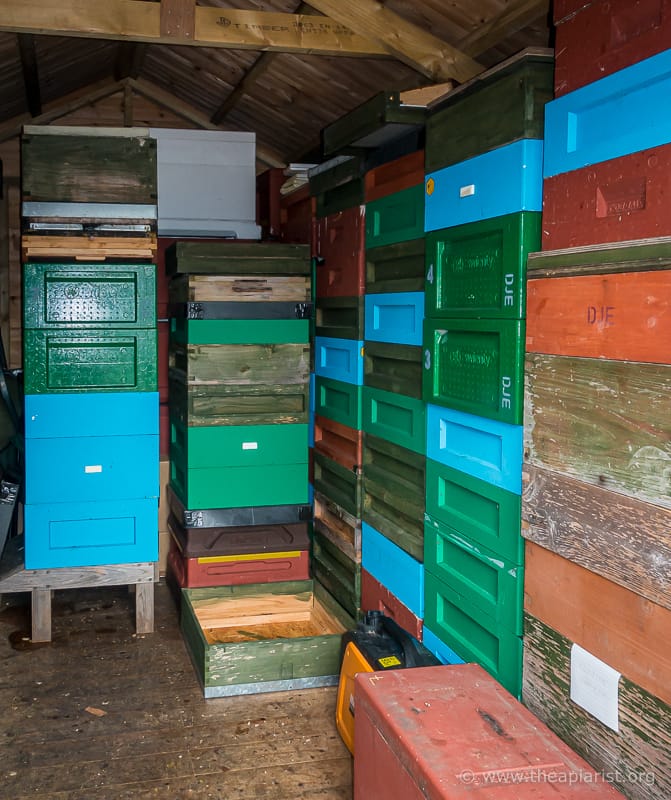
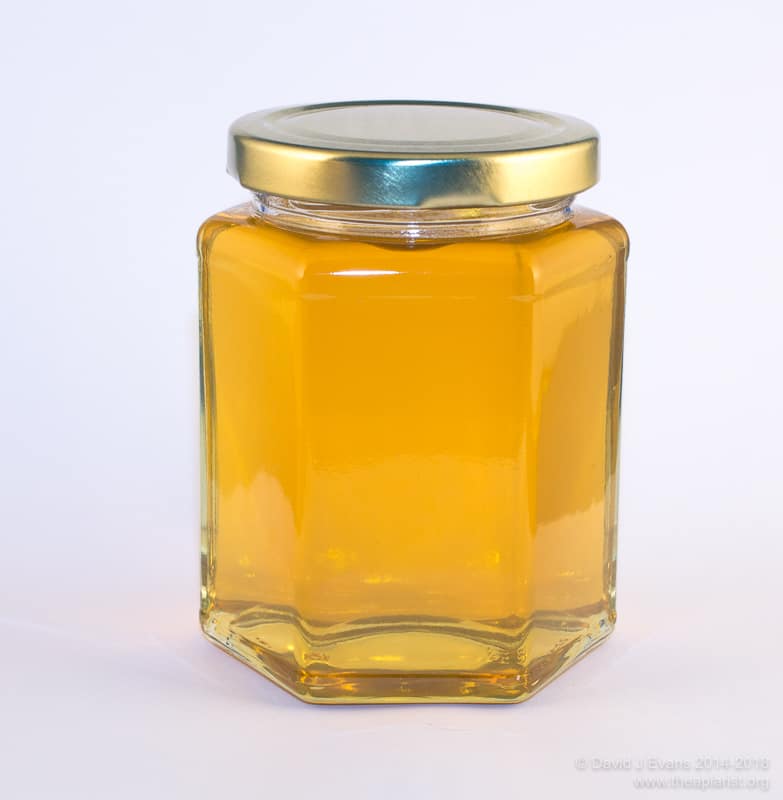

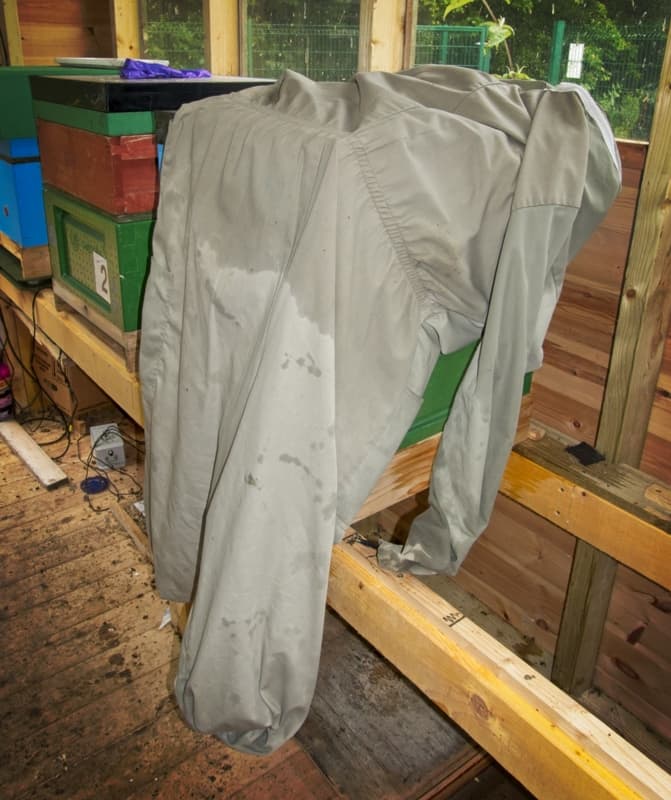
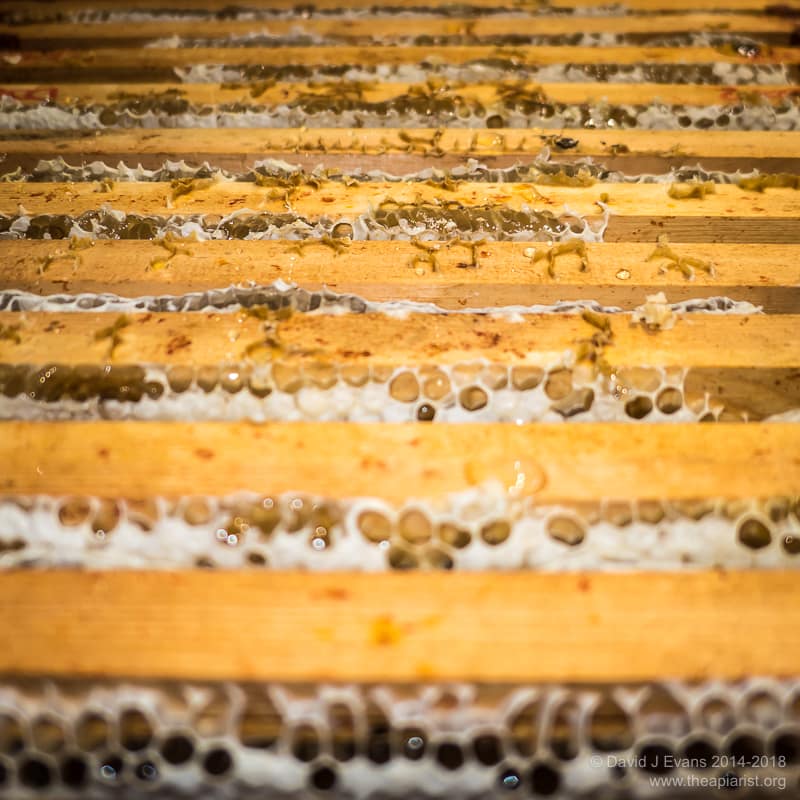
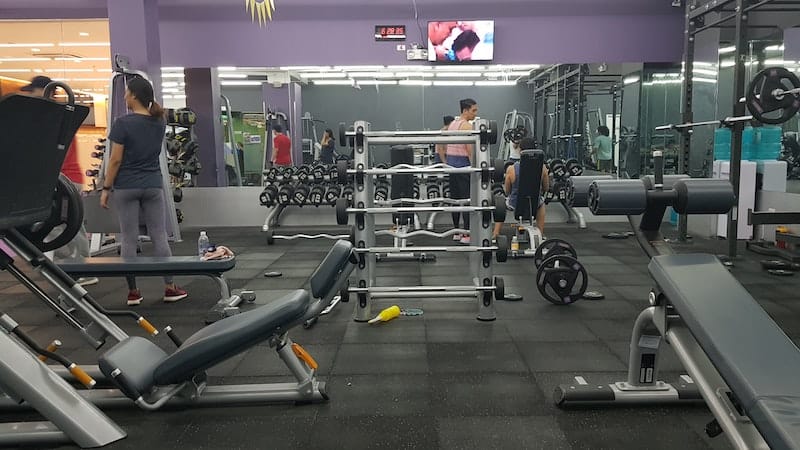


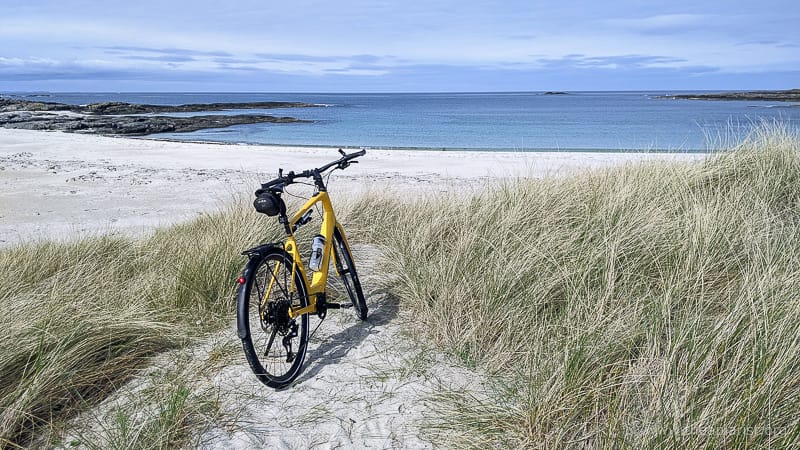


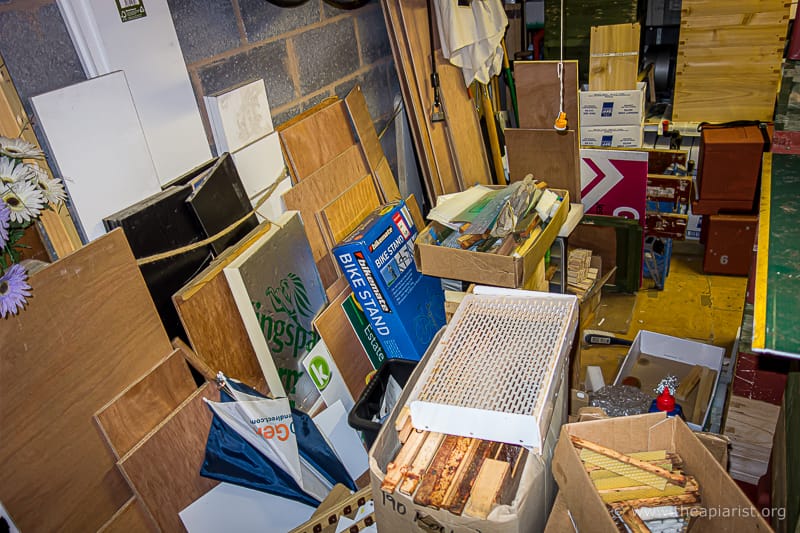
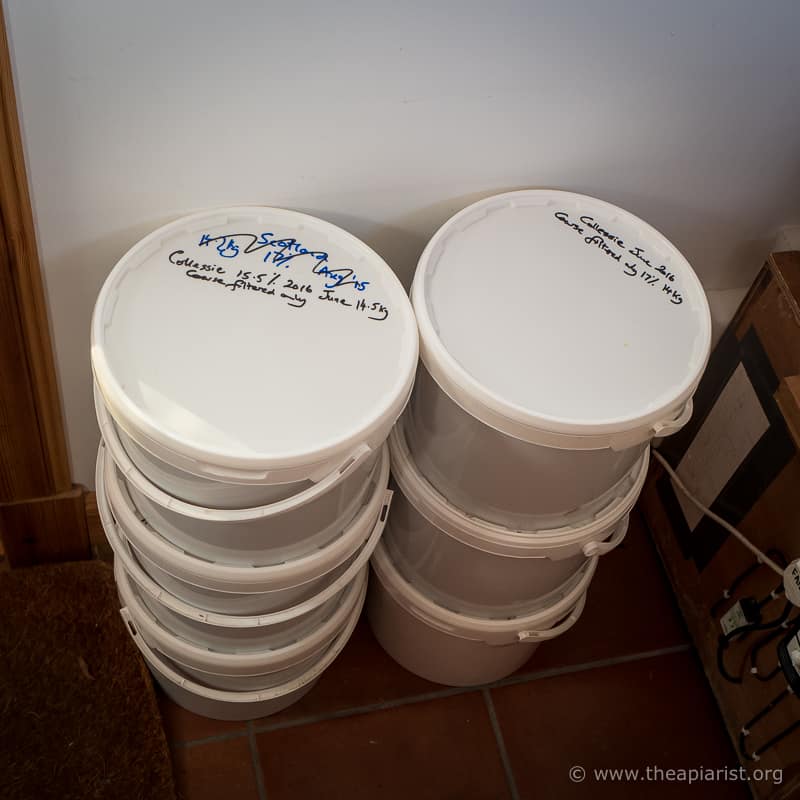
Join the discussion ...